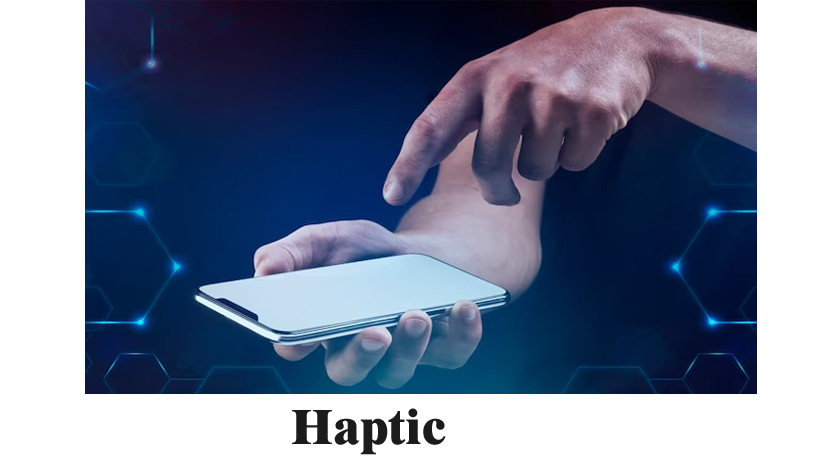Haptic technology will transmit and transfer information using sensations like touch or vibration. Nowadays, many artificial intelligence technologies use haptic to enhance human interaction. And their goal is to make this virtual reality feel like a human experience.
Like a human, the closest neuron will convey a signal to the next closest neuron until the brain receives the signal precisely. This is how the haptic passes signals from one to another and provides context. It then uses different methods to create movements like vibrations and forces. One of the most used methods is the eccentric rotating mass actuator.
One example is the Apple iPhone, and when you click on any app for a while, Your finger will experience a pull sensation. It means that the haptic motors of the iPhone will generate these signals to communicate that the app is ready to be moved or deleted.
Importance of Haptic
- Haptic technology will continue to advance in the future and come up with innovative, unresponsive feedback. And also integration into everyday devices such as variables and smartphone technology.
- Different haptic devices provide tactile feedback, such as vibration actuators, hand gloves, etc. Other devices will have various applications and complexity.
- It will also optimize the experience in augmented and virtual reality applications by stimulating touch sensation with virtual objects.
- Some more applications are medical training simulators to provide realistic and proper surgical procedures and other medical exercises.
- People with different abilities can enhance their user experience with the help of it employed in assistive technologies to provide them with knowledge.
In conclusion, we have understood that haptic plays a critical role in developing more interactive experiences over the white range of industries. This will make it more evolving and exciting in technology and human-robot interaction.

